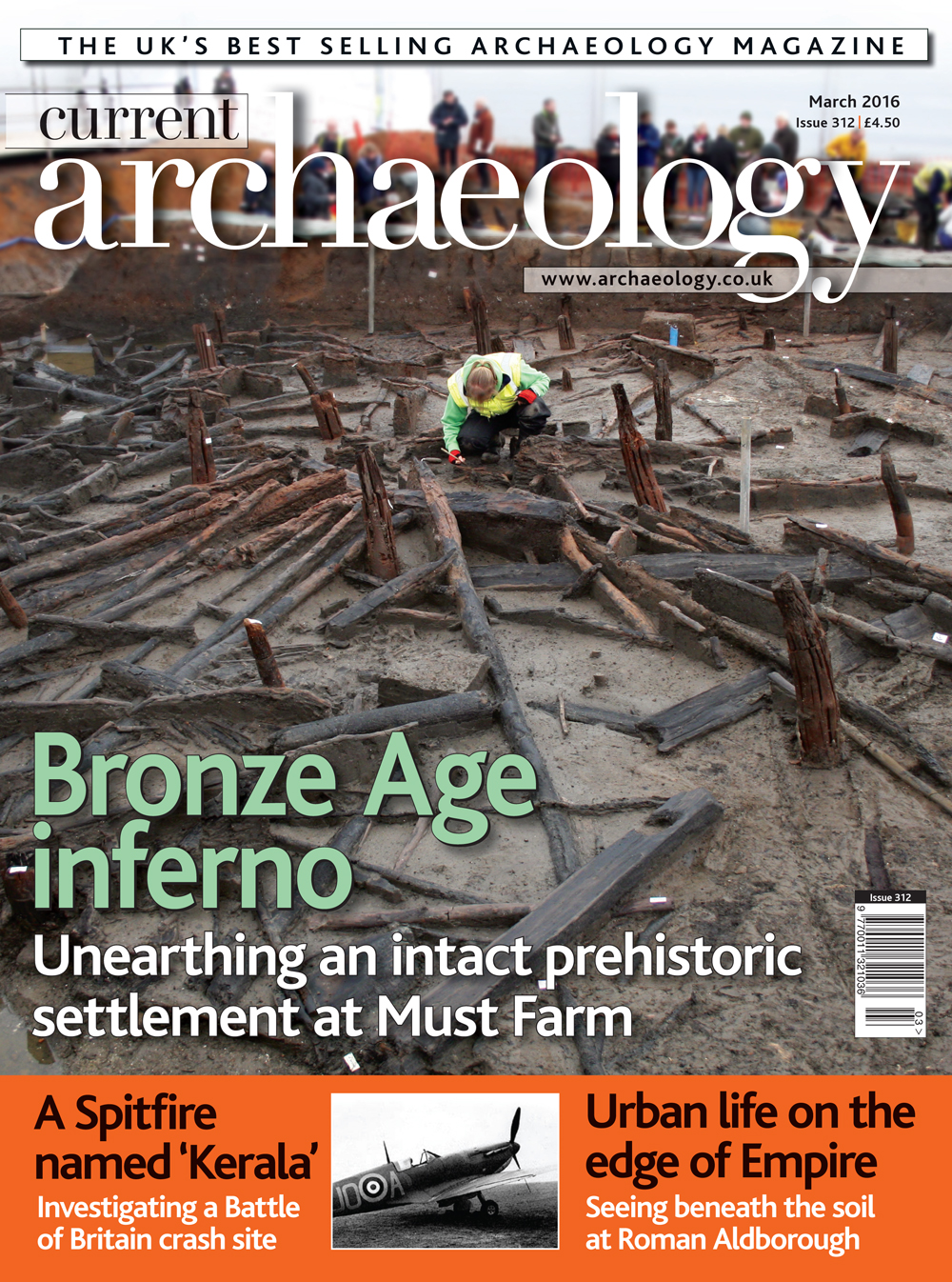It is the immediacy of Must Farm’s archaeology that is so startling.Walking around the site it is easy to believe that the embers havebarely cooled following the disaster that overtook the settlement.Instead, the charred and tumbled vestiges of roundhouses lay inFenland silts for almost 3,000 years. This stunning preservationwill bring Late Bronze Age building techniques into sharp focus, butwhat lies beneath the flattened superstructure might prove even more valuable. If theMust Farm fire did claim the homes of colonists seeking to exploit the Fenland, theirtragedy could revolutionise our understanding of an entire era.
The Roman state indulged in colonisation on a grander scale, but the surviving relics ofits empire in Britain are usually judged pale imitations of continental models. Survey ofthe Roman town at Aldborough in the military north, however, has highlighted hints of asurprisingly cosmopolitan approach to urban planning.
St Kilda, to the west of the Scottish Western Isles, is often celebrated as an isolatedarchipelago insulated from the wider world. Recent research has revealed, though, thatthe romantic appeal of this image has obscured the islands’ links with their neighbours.
Scientific analysis is demonstrating the lengths that the inhabitants of Roman Britainwent to in order to forge a connection with their gods. The elite spent considerable sumsimporting the exotic fragrances that courted divine favour andhelped mask any air of decay during funerary rites.
Finally, we return to the Fens to discover what contributionarchaeology can make to investigating historic aircraft crash sites.
Matt Symonds
IN THIS ISSUE:/n
FEATURES/n
THE MUST FARM INFERNO/n
Exploring an intact Late Bronze Age settlement
Ongoing excavation of a remarkably well-preserved Bronze Age site, destroyed by fireand submerged in water, is providing a unique snapshot of life in the prehistoric fens.
ALDBOROUGH/n
Exploring the Roman town of Isurium Brigantum
What can town planning tell us about life in Britain’s Roman north? An extensiveprogramme of geophysical survey may hold the answer.
ST KILDA/n
The last and outmost isle
Exploring some of Britain’s most remote islands, we bring you the latestarchaeological research from this surprisingly well-connected archipelago.
THE FRAGRANT DEAD/n
How to treat the departed, Roman style
Expensive perfumed resins played an important role in the funerary rites of thehigher levels of Roman society in continental Europe – but did this elite practiceever reach the northern outpost of Britannia?
A SPITFIRE NAMED ‘KERALA’/n
Investigating a Battle of Britain training accident
Excavating a Second World War crash site using archaeological methods has shed newlight on how the aircraft came down, and given us the pilot’s body 75 years before.
NEWS/n
Exploring our Anglo-Saxon ancestry; Origins of York’s ‘gladiators’ revealed;Tudor treasure from the Thames foreshore; A towering find from Hampton Court;York’s WWII writing on the wall; Expanding Roman Carlisle; Work to restore Jorvikbegins; Meet the Woodbridge Wildman
REGULARS/n
Conference
Current Archaeology Live! 2016 is justweeks away. We have thefinal detailsof the timetable and speakers, and ourexciting bonus Sunday activity
Reviews
The Stonehenge Landscape; RescueArchaeology; Bog Bodies Uncovered
Sherds
Chris Catling’s irreverent take onheritage issues
Odd Socs
Historic Pools of Britain

